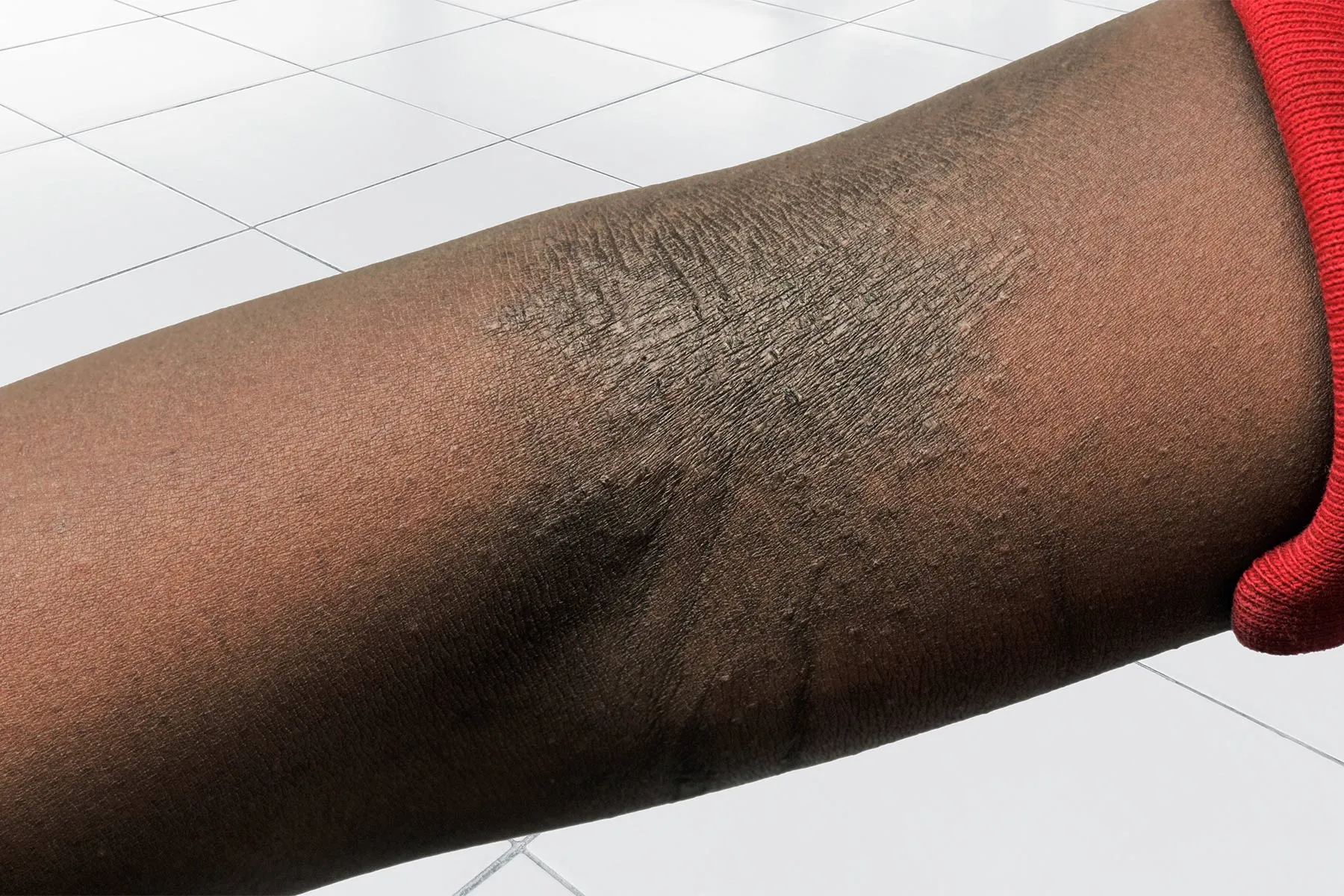Do Prison Rehabilitation Programs Really Work?
A new study concludes that despite criticism of their cost-effectiveness, skill training and counseling programs in state correctional facilities are a “critical tool” in curbing recidivism.


Photo courtesy Prison University Project
Inmate Assistance Programs are a cost- effective way to reduce recidivism, according to a George Mason Law & Economics Research Paper.
In what they describe as the first empirical analysis of programs operated in state correctional institutions that offer training in work skills or provide mental health counseling, the authors of the paper conclude they generally live up to their promise of rehabilitation.
In the paper, entitled “Inmate Assistance Programs: Toward a Less Punitive and More Effective Criminal Justice System,” the authors conclude that the benefits of the programs outweigh many of the criticisms.
The Inmate Assistance Program (IAP) concept is an umbrella term for prison programs intended to reduce recidivism rates, as well as reentry programs that assist formerly incarcerated people in acclimating to life in the civilian world.
The authors, Murat C. Mungan and Yijia Lu of George Mason University, and Erkmen Giray Aslim of Grand Valley State University, say the programs should be an integral part of reforming the criminal justice system.
“Criminal justice reforms that use shorter imprisonment sentences and more frequent use of IAPs can reduce crime, as well as the costs of administering the criminal justice system,” the paper said.
However, while criminal justice reformers generally recognize the benefits of IAPs, two critiques often cloud discussion of the programs’ benefits, both of which the authors address in the paper.
First, critics argue that IAPs aren’t cost effective.
The Prison University Project, for instance, a San Quentin Prison initiative that provides college-level courses to participants, received national acclaim, with participants demonstrating a “substantial reduction in their post-release criminal involvement.,”
But critics says it’s a logistical anomaly, because it relies on the voluntary service of professors and students from surrounding universities.
“The actual cost of running similar programs is very high,” the authors acknowledge, sometimes exceeding the state’s average cost of incarcerating one inmate.
Second, some critics argue that IAPs, for all their efficiency in “improving the quality of inmates’ lives,” may unintentionally increase crimes committed by individuals without prior convictions.
This argument rests on the assumption that the “welfare-enhancing aspects” of IAPs may reduce the severity of imprisonment, therefore reducing the deterrence rate of people without prior convictions.
To counter concerns about cost effectiveness, the authors propose reducing sentences for repeat offenders and diverting such cost savings to IAPs.
“Because imprisonment generates small marginal deterrence effects when the sentence is very lengthy to begin with, a reduction in the sentences for repeat offenders can lead to significant per-inmate cost savings without generating large increases in recidivism incentives,” the authors write.
They also demonstrate the negative impact of IAPs on general deterrence is “negligible.”
To do so, they estimated the impact of states’ decision to opt out of a 1996 act that prevented people accused of drug crimes from using welfare benefits and food stamps.
While many studies have identified social programs as having “recidivism enhancing effects,” the authors found “no statistically significant effect on first-time drug imprisonment rates, supporting our claim that the negative impact on general deterrence, if there exists any, is weak.”
IAPs, the authors conclude, are “crucial policy tools” in a country that tops the world in both incarcerated population size and per-capita incarceration rate.
IAPs “directly improve the welfare of convicts, providing them with a more meaningful second chance. Additionally, they can confer sizable benefits to close ones and families of convicts.
“Indeed,” the authors conclude, “IAPs can bridge the gap between the incarcerated and the general public, paving the way for the reintegration of the incarcerated population.”
Murat C. Mungan is a professor of law at Antonin Scalia Law School ar George Mason University, Yijia Lu is an assistant professors of law at Antonin Scalia Law School ar George Mason University. Erkmen Giray Aslim is an assistant professor of economics at the Grand Valley State University – Seidman School of Business.
Eva Herscowitz is a contributing writer to The Crime Report.

 Landwebs
Landwebs 






















